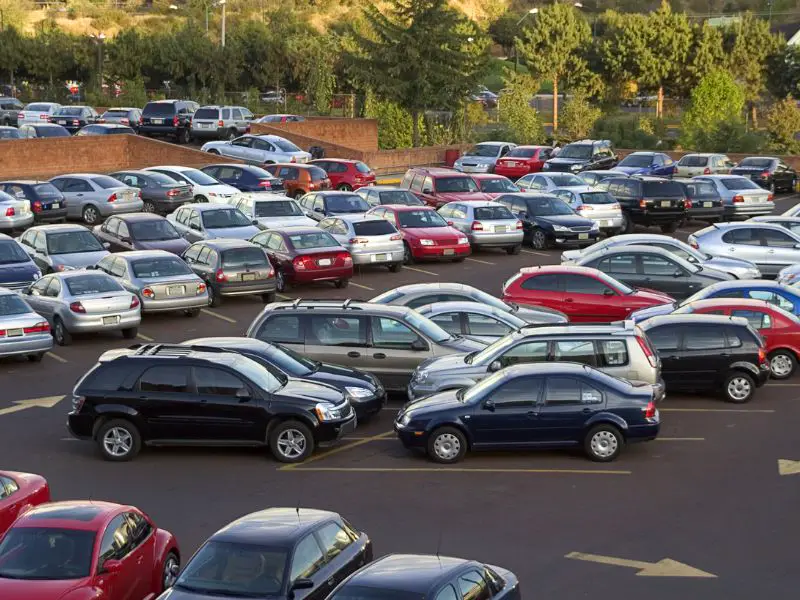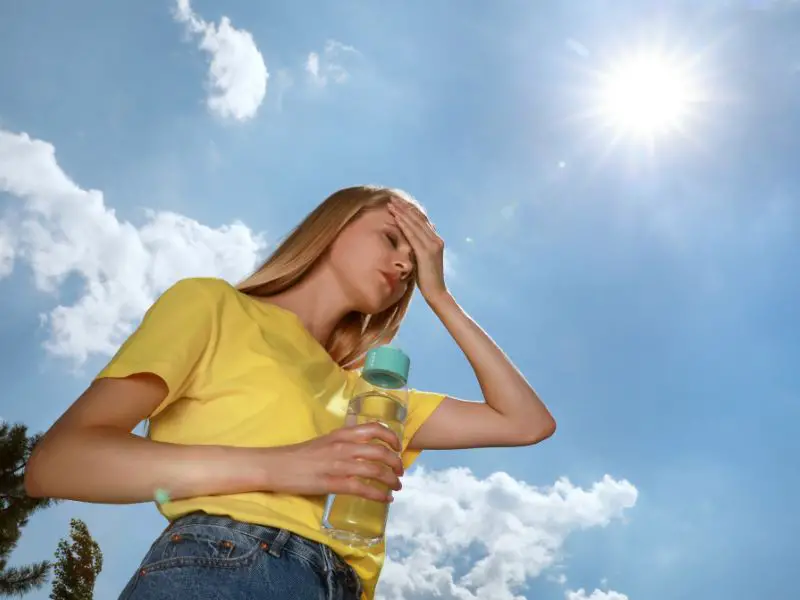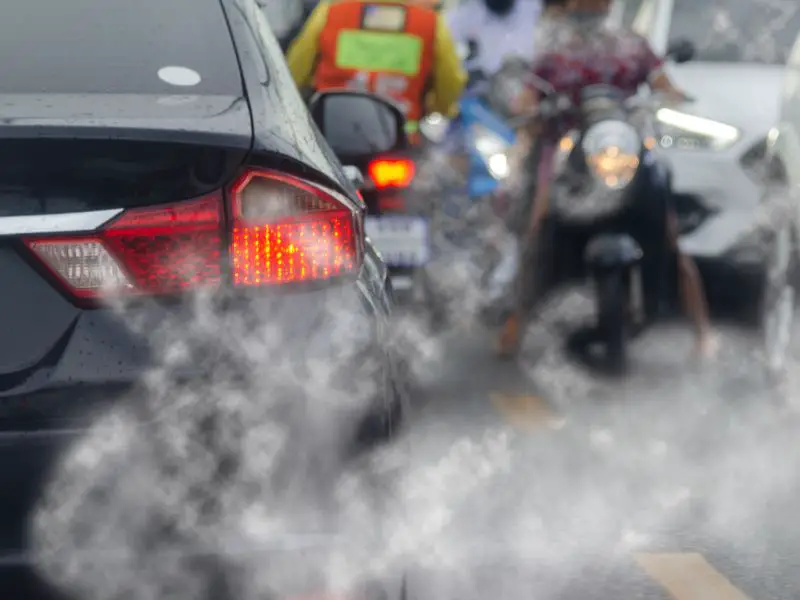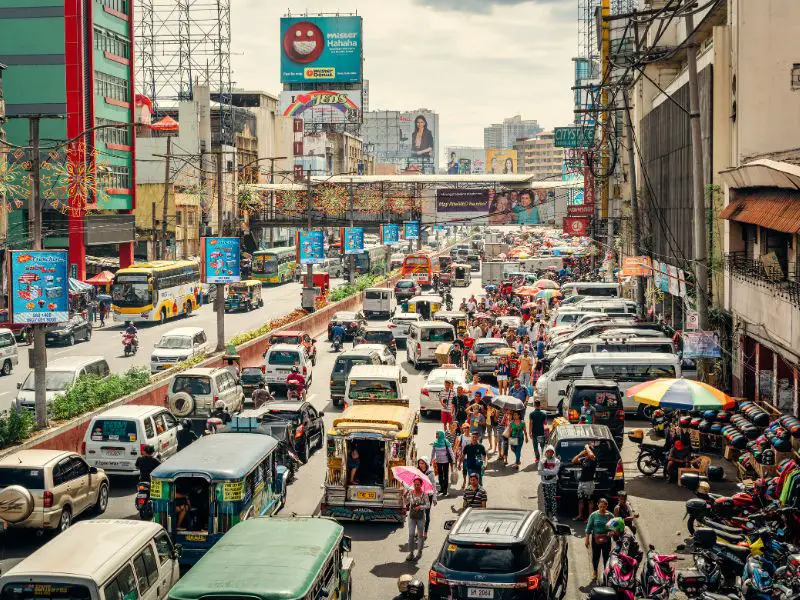If you work in the city but reside in the suburbs, you may have observed that the temperature starts to climb as you move closer to the city’s center.
This disparity in temperature has a name in the scientific community; it is referred to as the urban heat island effect. In this article, we look at heat islands, how they form, some dangers, and what we can do about them.
What Are Heat Islands?
The urban heat island effect is a phenomenon in which urban areas are significantly warmer than the surrounding rural areas. This happens because urban areas have many buildings and large, open spaces that absorb heat from the sun during the day and do not allow the cool air to circulate at night. This causes temperatures in urban areas to be higher than in rural areas.
The urban heat island effect occurs in over 90% of major cities in Europe and North America. The urban heat island effect is also a growing problem in less developed countries, such as Africa and India.

How Are Heat Islands Formed in Urban Places?
The development of urban heat islands is a direct result of the progressive replacement of forested areas in the suburbs and rural regions with asphalt, concrete, and other man-made surfaces. Surface temperatures increase because asphalt and concrete absorb the sun’s rays rather than reflecting them. In addition, big buildings and narrow streets trap afternoon heat and restrict airflow, preventing heat from exiting and at the same time increasing evening temperatures.
The temperature difference between the rural and urban areas is usually highest on calm nights with little breeze. Cities retain heat trapped in roads, buildings, and other structures throughout the night, whereas rural places chill down considerably quicker.
What Causes Heat Islands in an Urban Setting
According to the National Oceanic and Atmospheric Administration (NOAA). the urban heat island effect “exists in places with a lot of densely arranged buildings and paved surfaces that absorb heat from the sun, causing the area to be several degrees hotter than rural or surrounding areas”
The rise in outdoor air and surface temperatures causes greater interior air temperatures, which may cause inhabitants to feel uneasy, stress the HVAC system with additional demand, and drive up energy expenditures.
Here are some of the variables that influenced the formation of heat islands:
1. Urban Material Properties (Paved and impermeable surfaces)
Surfaces that have been paved over, such as highways and parking lots, have the potential to absorb solar radiation in the form of heat. Additionally, these surfaces are often impermeable, which means that water runoff is not absorbed but diverted to the stormwater system. It would really help if water runoff is being captured by plants or bodies of water because this contributes to the region’s cooling via evapotranspiration and evaporation.
2. Dark Surfaces
Dark surfaces absorb more solar energy, which can cause the temperature to rise faster. Dark surfaces do not reflect light, allowing the heat to build up in the surrounding environment.
Nowadays, the popularity of cool roofs has increased since dark roofs absorb a lot of energy, turning into heat. However, it’s not only roofs that absorb up the sun’s rays; asphalt does the same thing. Since neither surface is very good at reflecting the sun’s rays, they are much hotter than lighter-colored surfaces.
3. Urban Geometry
The size and distances of structures inside a city affect the wind flow. Surfaces and buildings in densely populated places form thermal masses that have difficulty dissipating heat. Cities with crowded streets and buildings that are too small and too high create urban canyons, preventing the cooling breezes that nature would otherwise provide.
4. Lack of Vegetation
One of the chief causes of heat islands is the lack of vegetation. Plants absorb heat during the day and release it back into the atmosphere at night. Without vegetation to act as a natural cooling system, temperatures rise and can lead to heat-related illnesses.
With rising temperatures comes a rise in deaths due to heat-related illnesses. According to the EPA, heat-related diseases cause 1300 deaths per year in the US. Heat-related illnesses include heat exhaustion, heat stroke, heat stress, and many more.
5. Climate Change
Climate change can contribute to urban heat islands in several ways. Firstly, as climate change causes temperatures to rise, this can lead to urban heat islands occurring more often, as the warming effect occurs all year round. Secondly, as temperatures rise, more heat is trapped in the atmosphere, which can influence our weather patterns. As the heat rises, it influences the wind circulation, and the winds become weaker, reducing the cooling effect in cities.
This leads to hotter summers than we would expect. These changes in weather patterns will also influence rainfall amounts and higher evaporation rates. The evaporation of moisture from bodies of water increases the overall humidity level, which then changes the wind flow pattern, meaning more hot air remains trapped in the atmosphere.
Related: Famous Climate Change Scientists, Technological Solutions to Climate Change, Climate Alarmism
Effects of Urban Heat Islands
Urban heat island temperatures are proven to be dangerous, and there are several effects that these higher temperatures have on cities.
1. High Heat Stress
High heat stress is the condition of exposure to sharply increased heat levels, which can be dangerous to your health. It occurs when the body is unable to release heat through sweat. High heat stress can cause body temperatures to rise to dangerous levels, leading to heat stroke or heat exhaustion.

2. Increased Electricity Consumption
The increased need for air conditioning during the summer in urban areas drives up the energy required. Research shows that the community needs roughly 5-10% extra power demand to respond to the urban heat impact, with an increase of 1.5-2 percent for every 1°F (0.6°C) rise in air temperatures.
3. Higher Emissions of Greenhouse Gases and Air Pollution
As previously explained, urban heat islands (UHI) increase summer power consumption. Consequently, power plants must produce more energy, and since they depend on fossil fuels, there is a rise in greenhouse gas emissions and air pollution.
Pollutants have a detrimental effect on human health and contribute to the deterioration of air quality, while increased greenhouse gases cause global warming and climate change.

4. Poses a Threat To Aquatic Ecosystems
The heat island effect can have adverse effects on aquatic ecosystems. As cities are usually warmer than surrounding rural areas, the water in rivers and other bodies of water in cities are generally warmer and less oxygenated. This can cause fish and other aquatic animals to die.
The heat island effect can also have adverse effects on biodiversity, as stressed water bodies have increased amounts of algae. Most algae are not harmful to humans or animals, but some algae can poison the water and kill other aquatic organisms.
5. Human Discomfort and Threat to Human Health
Exposure to higher temperatures than usual for long periods can cause discomfort or even heatstroke. This effect is hazardous to people who spend time outside or commute to work, as their bodies cannot cool themselves properly.
Due to the intensified effects of heatwaves that urban heat islands may generate, these periods of abnormal weather can have devastating effects on the health of vulnerable groups, including the elderly, young children, and people with ailments exacerbated by extreme temperatures.

Final Thoughts
Urban heat islands are affecting cities around the world. It can make people sick, cause fatalities, and cause high costs in things as simple as air conditioning (which adds to greenhouse gas emissions) to more severe things such as power outages and hospital visits due to heat-related illness.
To avoid these devastating effects, we must make cities more green. To do this, we need to reduce hard surfaces and instead increase the amount of vegetation and trees present, as well as plant them strategically near areas where people gather, such as streets, schools, and airports.
We also need to reduce the size of the buildings and increase the amount of vegetation and trees planted on the top floors of buildings. This would not only bring down the air temperature, but it would also cool the air that reaches the building too.

